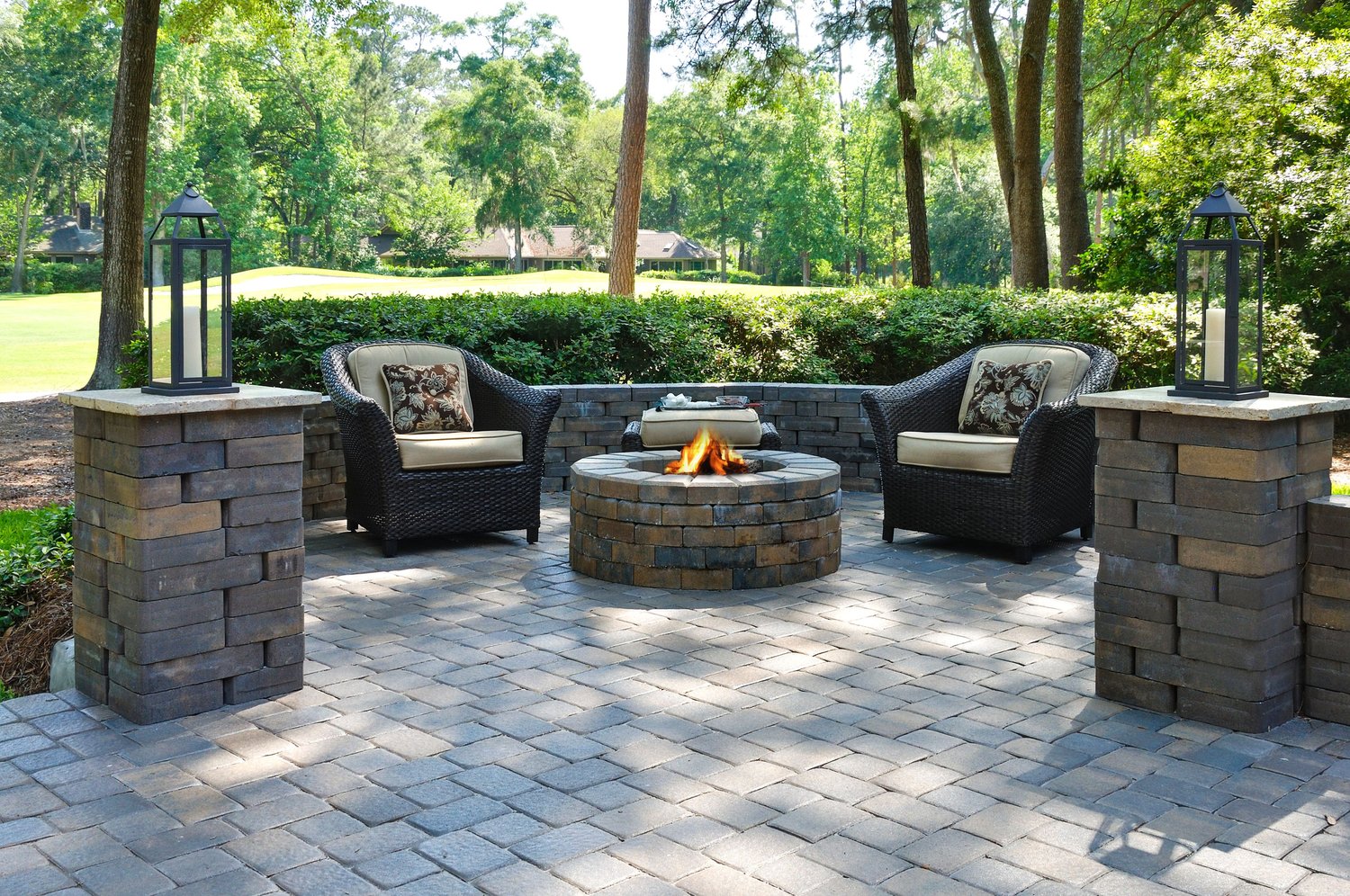There’s something inherently magical about gathering around a backyard fire pit on a cool evening with family and friends. The crackling flames create ambiance while providing warmth and a perfect setting for conversations and s’mores. However, this enjoyable outdoor feature comes with responsibilities regarding outdoor fire safety and proper operation. This guide will explore essential backyard fire pit rules, common regulations, safe distances from structures, approved materials for burning, and critical safety measures to ensure your outdoor fires remain enjoyable without becoming hazardous.
Understanding Local Fire Pit Regulations
Before installing or using a backyard fire pit, familiarizing yourself with local fire pit regulations is essential. These rules vary significantly by location, with some areas permitting open fires with minimal restrictions while others enforce strict guidelines or even prohibit them entirely. Contact your local fire department or municipal office to learn about specific backyard fire pit rules in your area. Most regulations address factors such as the fire pit’s size, location, construction materials, and permitted burning times. Some jurisdictions require permits, inspections, or specific construction standards. Additionally, temporary fire bans may be implemented during dry seasons or drought conditions, overriding standard permissions. According to fire safety experts at AskHomey, staying informed about changing seasonal restrictions is just as important as understanding permanent regulations.
Safe Placement and Distance Requirements
Proper placement is a cornerstone of fire pit safety. Most fire codes specify minimum distance requirements from structures, property lines, and combustible materials. Generally, fire pits should be positioned at least 10-25 feet away from any structures, including your home, garage, sheds, and overhead tree branches. This distance creates a safety buffer that reduces the risk of heat damage and prevents stray sparks from igniting nearby structures. Additionally, fire pits should be placed on level, non-combustible surfaces such as concrete, stone, or specially designed fire pit pads. Avoid placing fire pits on wooden decks unless they’re specifically designed for such use and incorporate proper heat shields and protection. Some localities may have specific requirements regarding proximity to property lines to prevent nuisance issues with neighbors or mitigate the risk of fire spreading to adjacent properties.
Appropriate Materials for Fire Pit Construction
The construction of your fire pit significantly impacts its safety profile. Durable, heat-resistant materials are essential for permanent installations. Suitable options include fire brick, concrete blocks designed for high temperatures, natural stone, and prefabricated metal fire pits specifically engineered for outdoor use. Avoid using regular brick, river rocks, or concrete pavers not rated for high heat, as these materials can absorb moisture, expand when heated, and potentially explode when exposed to intense fire. For added safety, consider installing a metal fire ring inside masonry pits to provide additional structure and heat management. If opting for a portable or store-bought fire pit, ensure it meets safety standards and includes features like a spark screen, which prevents embers from escaping while allowing heat to radiate.
What to Burn in Fire Pits: Safe Fuel Choices
Knowing what to burn in fire pit settings is crucial for both safety and environmental responsibility. Stick to seasoned hardwoods like oak, maple, or hickory, which burn cleanly and produce less smoke. Softwoods like pine can be used but tend to produce more sparks and creosote. Never burn treated lumber, painted wood, or construction materials, as these can release toxic chemicals when burned. Similarly, avoid burning household trash, plastics, paper with colored inks, or yard waste like leaves, which can produce excessive smoke and flying embers. Some jurisdictions have specific restrictions on burning materials beyond firewood, so check local regulations. In many urban and suburban areas, fire pits are approved for recreational fires only, meaning cooking and warmth, not waste disposal or yard cleanup.
Essential Fire Pit Safety Practices
Maintaining outdoor fire safety requires vigilance and proper preparation. Always keep a water source nearby—a garden hose, bucket of water, or fire extinguisher—to quickly address any unexpected flare-ups. Never leave a fire unattended, and ensure all flames are completely extinguished before departing. This typically means dousing the fire with water, stirring the ashes to expose any hot spots, and repeating until no heat remains. Keep children and pets at a safe distance, establishing clear boundaries around the fire area. Consider using a spark screen to contain flying embers, especially in windy conditions. Weather conditions significantly impact fire safety—avoid using your fire pit on windy days when sparks can travel unpredictably. Finally, maintain your fire pit regularly by removing ashes once cooled and inspecting for cracks or damage that might compromise safety.
Seasonal Considerations and Neighborly Etiquette
Fire pit usage often increases during specific seasons, requiring additional awareness. During fall and winter months when fire pits see heaviest use, be especially mindful of dry conditions and fallen leaves that can create fire hazards. During summer, check for burn restrictions that might be implemented during dry spells. Consider your neighbors when using your fire pit—smoke can be a nuisance or health concern for those with respiratory issues. Position your fire pit where smoke is least likely to drift toward neighboring properties, and maintain reasonable hours of operation. Clear communication with neighbors about your fire pit plans can prevent conflicts and ensure everyone enjoys their outdoor spaces.
For more tips and to connect with reliable home service professionals, follow AskHomey on Facebook and Instagram.



